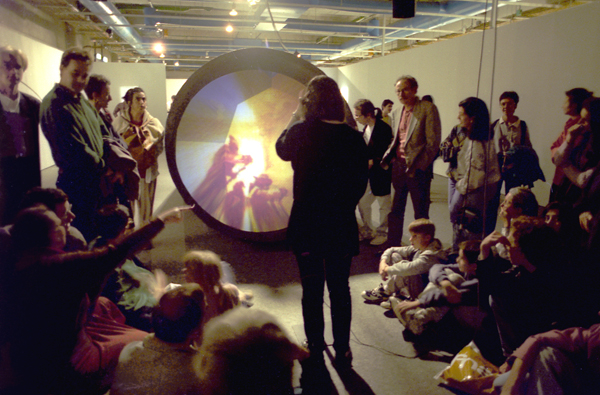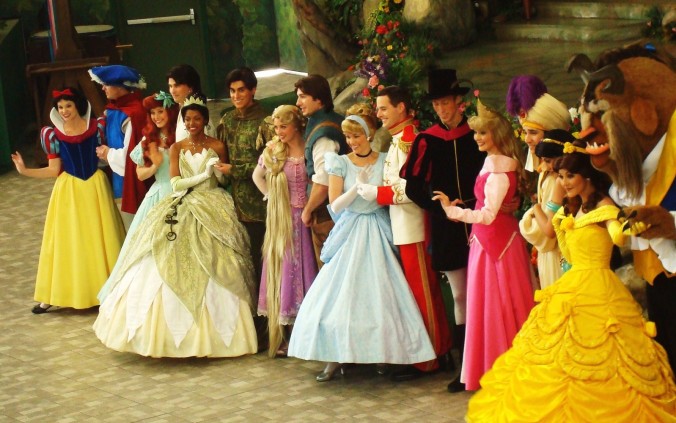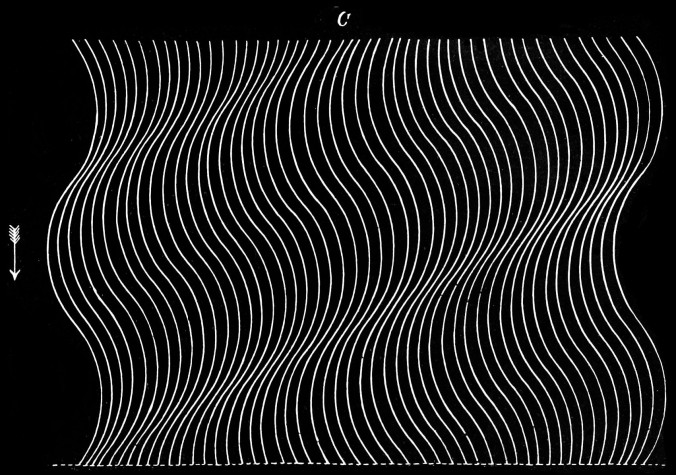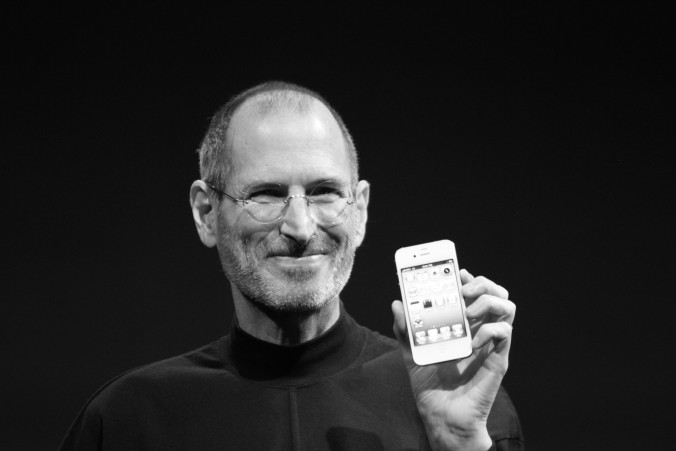I like this idea: the people formerly known as the audience.
“The people formerly known as the audience are those who were on the receiving end of a media system that ran one way, in a broadcasting pattern, with high entry fees and a few firms competing to speak very loudly while the rest of the population listened in isolation from one another— and who today are not in a situation like that at all.” (Jay Rosen, 2006)
Within Jay Rosen’s blog “PressThink” he talks about the shifting of the audience, he states that old forms of media were once exclusive, while the new forms of media replacing them open themselves up to the audience, for example:
- Printing Presses > Blogs
- Radio Stations > Podcasting
- Video Production (used to be an expensive process) > Video Production (is now relatively cheap)
- The News > Multiple Online News Outlets
- Centralised Media System (Vertical Flow) > Citizen to Citizen (Horizontal Flow)
Removing the broadcast model, to me, is only a positive thing. Although ‘big media’ has produced countless literary, tv and filmic classics, with ‘big’ comes restrictions. Large companies are often influenced by: politics, money, power, maintaining the status quo, selling and company hierarchy. When makers are bound by such influences its often hard to express ones art in its purest sense, a lot of companies only regarding ‘art’ worthy if it fits within such boundaries and is guaranteed to turn a decent profit. Multiple voices allow for the creation of ‘big’ as well as ‘little’ media, opening the media landscape up to endless streams of creators and creativity, which only adds to the diversity of the media landscape.
Jay Rosen believes that while this new way of approaching media is great, he still agrees that the pleasures of ‘Big Media’ are still real, ” we are still perfectly content to listen to our radios while driving, sit passively in the darkness of the local multiplex, watch TV while motionless and glassy-eyed in bed, and read silently to ourselves”. However, users are no longer ‘on big media’s clock’, users now decide when/where/how/why the point of engagement will be, forcing media to become more informed and engaged in order to reach users.
Delusional ideas such as mass audiences, ‘broadcasting’ and equating viewers to ‘eyeballs’ are on the way out, and the people formerly known as the audience are on the way in. I’m excited to see where this goes but I known it’s gonna be good.
Catch you later,
Louise Alice Wilson
References
Rosen. J (2006) Press Think: The people formerly known as the audience. Accessed via: http://archive.pressthink.org/2006/06/27/ppl_frmr.html












Recent Comments